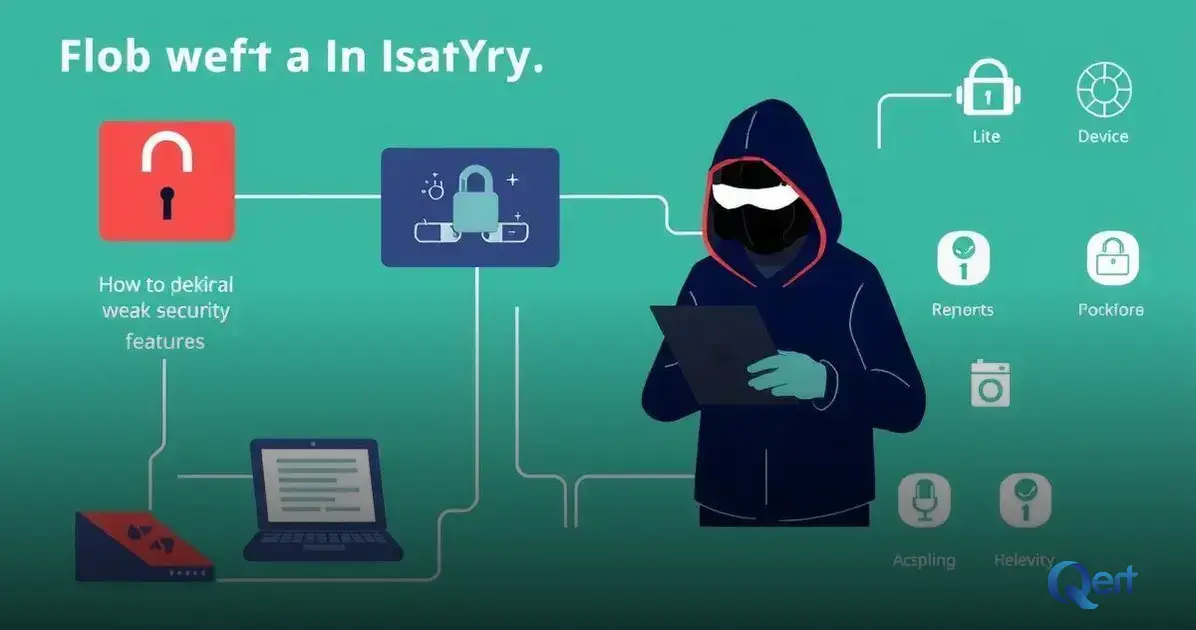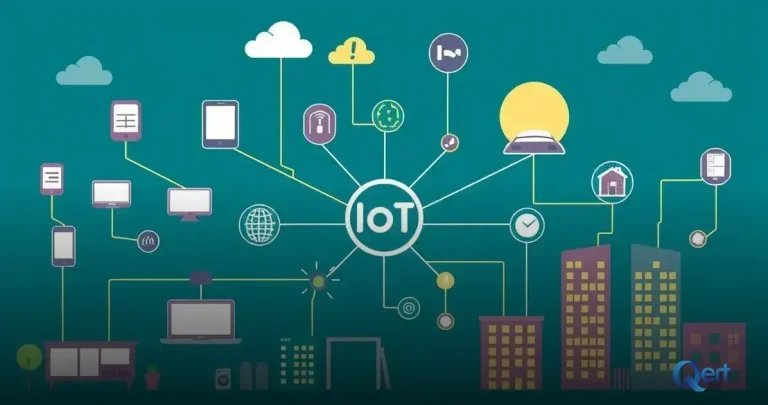ADVERTISEMENT
How IoT works involves connecting devices to the internet so they can communicate and share information.
This technology allows plain objects, like fridges and lights, to become smart and responsive.
By using sensors, these devices can understand their environment and make decisions based on the data they collect.
For example, a smart thermostat learns your schedule and adjusts the temperature accordingly.
If it knows you leave for work at 8 AM, it can lower the heat to save energy while you’re gone.
This not only enhances comfort but also reduces energy costs, making life simpler and more efficient.
Another great example is in healthcare, where IoT devices monitor patients’ vital signs in real time.
This means doctors can receive updates and alerts instantly, even from miles away.
With connected devices, healthcare becomes more proactive, allowing for quicker responses to any health issues.
How IoT works is transforming our world, bringing connectivity and intelligence to everyday devices.
The Internet of Things (IoT) integrates sensors, software, and technology to connect and exchange data seamlessly.
What is IoT?
IoT stands for the Internet of Things. It refers to the connection of everyday objects to the internet, allowing them to communicate with each other.
This means that devices, such as smart thermostats, lights, and even refrigerators, can send and receive data through the internet.
By using sensors and software, these devices can gather information and make decisions based on that data.
For example, a smart thermostat can learn your heating preferences and adjust the temperature automatically.
This not only keeps your home comfortable but can also save energy.
The beauty of IoT is how it makes our lives easier. From smart homes to health-monitoring devices, IoT can help us manage tasks more efficiently.
Understanding how IoT works gives us a glimpse into a future where everything is interconnected, ultimately enhancing our daily lives.
Key Components of IoT
The key components of IoT include sensors, connectivity, and data processing.
Sensors are devices that collect information from the environment, such as temperature, humidity, or movement.
They capture data that is essential for making devices smart and responsive.
Once data is gathered, it needs to be sent somewhere for analysis. This is where connectivity comes in.
IoT devices use various methods like Wi-Fi, Bluetooth, or cellular networks to transmit data to the cloud or other devices.
This seamless communication allows devices to work together effectively.
Finally, data processing is crucial in turning raw data into useful insights. This can happen in the cloud or on the device itself.
By analyzing the data, IoT devices can make decisions, send notifications, or trigger actions.
Together, these components create a powerful system that enhances our lives through automation and smart technology.
How IoT Connects Devices

How IoT connects devices is a crucial part of its functionality. Devices use various communication technologies to share data.
This can include Wi-Fi, Bluetooth, or cellular networks. By using these connections, devices can talk to each other, creating a network of smart devices.
For example, when you use a smart speaker, it connects to your phone and other smart devices in your home.
This allows it to control lights, play music, or update you on the weather.
These interactions make everyday tasks easier and more efficient, showing how IoT enhances our homes.
Moreover, cloud computing plays a big role in connecting devices. It allows for the storage and processing of data collected from various devices.
By sending this data to the cloud, devices can share information and make informed decisions.
This seamless connection leads to smarter solutions and improved user experiences.
The Role of Sensors in IoT
The role of sensors in IoT is vital, as they are the eyes and ears of smart devices.
Sensors collect data from their surroundings, such as temperature, light, motion, and humidity.
This information is crucial for devices to understand what’s happening in the environment and to respond appropriately.
For instance, a smart thermostat uses temperature sensors to monitor the warmth in your home.
If it gets too cold, the thermostat can automatically adjust the heating.
These sensors help devices make real-time decisions, making life more comfortable and efficient.
Moreover, sensors improve safety in homes and cities. Smoke detectors, motion sensors, and security cameras all rely on sensors to keep us safe.
By being connected through IoT, these devices can alert us instantly, ensuring our protection.
Without sensors, the smart capabilities of IoT would not be possible, making them a fundamental part of this technology.
IoT Applications in Daily Life
IoT applications in daily life have grown tremendously, making our routines smarter and more efficient.
One of the most common applications is smart home technology.
Devices like smart speakers, lights, and thermostats allow us to control our homes with simple voice commands or smartphone apps, providing comfort and convenience.
Another significant application is in health monitoring.
Wearable devices like fitness trackers and smartwatches help us keep track of our health indicators, such as heart rate and steps taken.
These gadgets can remind us to move or alert us if something seems off, making health management more proactive and personalized.
Furthermore, IoT is transforming city infrastructure with smart traffic systems and waste management.
Sensors can monitor traffic flow and adjust signals, reducing congestion.
In addition, smart bins can signal when they need to be emptied, making waste collection more efficient.
These applications show how IoT makes our daily lives easier and improves the way we interact with the world around us.
Security Challenges in IoT

Security challenges in IoT are a growing concern, especially when understanding how IoT works and how data flows between connected devices.
One major issue is that many IoT devices do not have strong security features.
This makes them easy targets for hackers who want to access personal information or control devices without permission.
Another challenge is the sheer number of devices. With thousands of different brands and models, keeping all devices updated and secure can be tough.
Some manufacturers may not provide regular updates, leaving older devices vulnerable and at risk of attacks.
Finally, the way data is handled in IoT raises privacy issues. When devices collect and share personal data, it can be misused or exposed.
It’s essential for users to understand how their data is used and take steps to protect their information, such as changing passwords and using secure networks.
Addressing these challenges is crucial for making IoT safer for everyone.
The Future of IoT Technology
The future of IoT technology is bright and full of potential.
As we understand how IoT works, more devices will connect to the internet, leading to smarter homes and cities.
With advancements in artificial intelligence and machine learning, IoT devices will become even more intuitive, learning from our habits and preferences to enhance our daily lives.
Moreover, the expansion of 5G networks will significantly boost IoT capabilities.
This technology will provide faster and more reliable connections, allowing devices to communicate with less delay.
As a result, applications like remote healthcare monitoring and automated transportation systems will thrive, making life easier and safer for everyone.
Finally, as privacy and security concerns continue to rise, we can expect innovations that prioritize user data protection.
New standards and regulations will emerge, ensuring that devices are not only smart but also secure.
The combination of these advancements will shape a future where IoT seamlessly integrates into our lives, improving efficiency, convenience, and safety.







